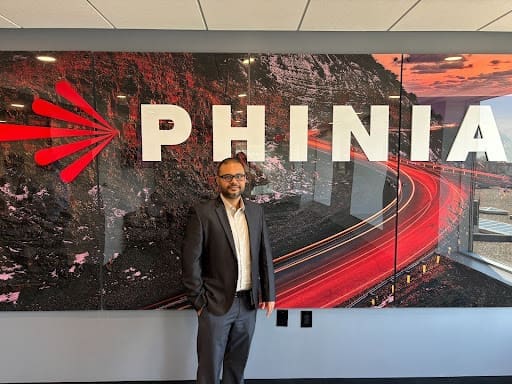It’s easy to view artificial intelligence as a buzzword of the moment, but for seasoned technologists like Kaustav Sen, a Senior IEEE Member, AI is not just a trend, it’s a foundational layer of modern enterprise architecture. Across domains like predictive analytics, SAP-based integration, and cloud-native development, Sen’s work reflects a deep understanding of how intelligent systems can drive operational clarity, scalability, and innovation.
From finance and retail to energy and logistics, organizations today are under pressure to deliver faster insights, personalized services, and scalable operations, all without compromising on reliability. At the heart of many of these transformations are solution architects who embed intelligence directly into the software stack, and Kaustav Sen is among those quietly enabling this shift.
The Evolution of Intelligent Architecture
For Sen, the future of solution architecture lies in modularity, observability, and machine learning-driven adaptability. “Good design is invisible,” he notes. “It allows systems to learn and evolve while staying stable and understandable.” Whether he’s optimizing SAP workflows or helping deploy analytics-driven microservices, Sen focuses on building systems that don’t just respond, they anticipate.
This anticipatory design shows up in the way modern enterprise applications handle data. In traditional ERP systems, reporting was often static, siloed, and backward-looking. Today, platforms infused with AI can perform real-time data aggregation, feed predictive models, and visualize KPIs that are context-aware and role-specific. “In high-stakes environments, waiting for daily reports is no longer acceptable,” says Sen. “Business leaders want answers before the questions are even fully formed.”
AI as a Force Multiplier in SAP and Beyond
While SAP remains a foundational enterprise tool, Kaustav Sen believes the real opportunity lies in extending its capabilities with AI. As a Globee Awards Judge for Artificial Intelligence, Sen brings a global perspective on how emerging tools, like natural language interfaces, anomaly detection, and decision automation, are being layered onto legacy systems to unlock new value.
“In the context of SAP or any enterprise ERP,” he explains, “you can embed intelligence into processes like demand forecasting, inventory planning, or fraud detection. These aren’t just dashboards, they’re dynamic models learning from every transaction.”
Sen has worked across a wide variety of domains, applying principles of AI-assisted decision making to environments that demand both scale and precision. His experience illustrates a key trend: the transition from reactive enterprise systems to proactive platforms that offer real-time, insight-rich decision support.
Building for Predictive Performance
The core of Sen’s recent work lies in predictive data engineering, a discipline that combines system architecture with advanced machine learning techniques to forecast operational outcomes. In his scholarly paper, Advancing Data Science with System Intelligence: A Machine Learning Approach to Predictive Data Engineering, Sen outlines how system intelligence can bridge the gap between raw data and high-quality, action-ready insights.
The paper emphasizes the importance of engineered pipelines that are not only robust and scalable, but also self-aware, able to flag anomalies, adjust behavior based on feedback loops, and prioritize what information reaches them. “It’s not just about speed anymore,” Sen writes. “It’s about relevance and resilience, delivering the right insight, at the right time, to the right layer of the business.”
Software That Thinks Ahead
As enterprises continue to digitize, Sen sees a growing need for architectures that are both intelligent and explainable. “Transparency is critical,” he notes. “The AI systems we build need to justify their recommendations, especially when they influence high-value or regulated workflows.”
For Kaustav Sen, the future of enterprise technology is not just smart, it’s strategic. By embedding intelligence directly into architecture, and focusing on both prediction and trust, he’s helping define the next generation of scalable, AI-native platforms. And as his research, leadership roles, and hands-on engineering show, the next wave of digital transformation won’t just run on data, it will think with it.
